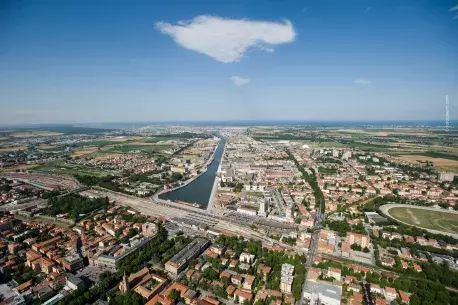About

Integrated territorial development (ITD) proposes a different way of shaping solutions to territorial challenges regardless of administrative boundaries. The concept is widely recognised and has been at the core of EU urban policies for several decades. The New Leipzig Charter has proposed 4 key principles that are commonly used as good urban working principles: the place-based approach, the integrated approach (multi-sectoral), participation and co-creation, and multi-level governance.
These working principles translate into a methodological approach and lead cities and territories to adopt new ways of designing urban policies. In particular, these principles help incorporate the complexity of conflicting objectives and interlinked challenges. Although the principles of integrated territorial development are not new, cities still face difficulties in effectively implementing ITD.
Since the approval of the first UIA projects back in 2015, cities have been testing and experiencing regularly what it means to apply the main methodological principles for integrated territorial development. Most importantly, they shed light on the challenges that this unfolds and the pragmatic solutions they find.
By studying the different projects funded by UIA, we aim to propose tangible good practices of integrated territorial development. 12 project have been selected and studied over 12 months. In April 2022, a first sharing event was organised that can be found here.
The present report is composed of an introduction presenting the methodology, key recommendations for professionals, 6 chapters that detail either the principles or key project phases and the 12 case studies.
Introduction
This study focuses on good practices in the integrated territorial approach in the 86 Urban Innovative Actions (UIA) projects financed in the 2014-20 programme period.
Summary of recommendations
Take inspiration from the assets and resources of the place where the project will happen
Chapters
Place-based approaches
This chapter explores a selection of UIA projects from the point of view of the place-based approach.
Multi-stakeholder and multi-level governance
This chapter explores a selection of UIA projects from the viewpoint of multi-stakeholder and multi-level governance.
Participative approach
Starting from outlining what concepts such as “co-creation” and “quadruple helix” signal for policy makers and practitioners, the chapter then examines evidence from relevant UIA projects among the twelve case studies.
Cross-sectoral approach: linking to city strategies
The chapter identifies the role of a cross-sectoral approach in the co-design and implementation of innovative projects for integrated territorial development in European cities.
Evaluating integrated approaches
This chapter describes how evaluation can render insights into projects in relation to integrated territorial development.
Sustaining and scaling-up
Sustaining and scaling up are ways in which cities can leave a legacy from their project.
Case studies

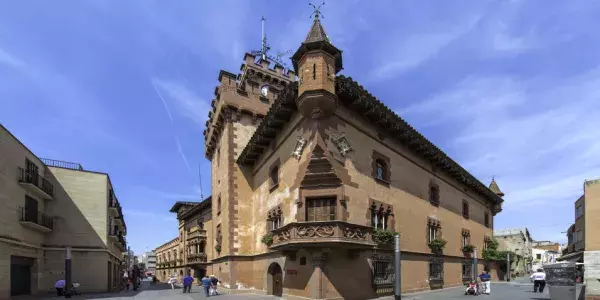
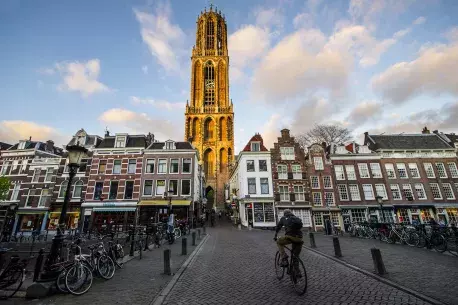

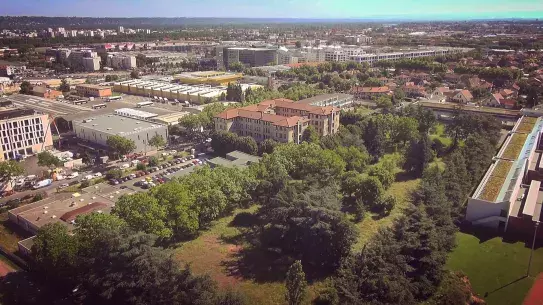

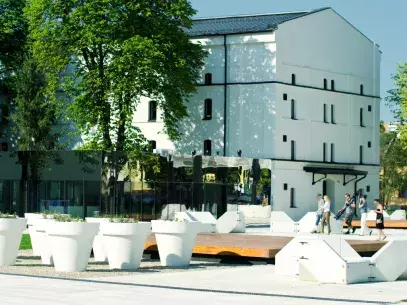

Acknowledgments
We would like to thank the teams who conducted this study and drafted the report, Katalin Kolosy, Jorge Mosquera Suarez, Daniela Patti, Giovanni Pagano, Levente Polyak, Lucia Princikova, Peter Ramsden and Anamaria Vrabie.
A special thank you goes to our advisory board members who contributed to the development of the activity with their valued inputs, strategic direction, active participation to the hearings and help to disseminate the results. The advisory board consisted of Francois Gallaga, Janis Krainis, Laura Hagemann Arellano and Peter Takacs from European Commission DG REGIO, Martina Pertoldi from European Commission Joint Research Centre, Adele Bucella and Clementine Gravier from URBACT, Bernhard Schausberger and Philipp Schwartz from INTERACT and Gustavo Lopez Cutillas from Committee of the Regions.
Finally, we would like to thank our project managers and project partners of the 12 case studies for sharing their ideas and insights in implementing the projects.
We would like to thank the teams who conducted this study and drafted the report, Katalin Kolosy, Jorge Mosquera Suarez, Daniela Patti, Giovanni Pagano, Levente Polyak, Lucia Princikova, Peter Ramsden and Anamaria Vrabie.
A special thank you goes to our advisory board members who contributed to the development of the activity with their valued inputs, strategic direction, active participation to the hearings and help to disseminate the results. The advisory board consisted of Francois Gallaga, Janis Krainis, Laura Hagemann Arellano and Peter Takacs from European Commission DG REGIO, Martina Pertoldi from European Commission Joint Research Centre, Adele Bucella and Clementine Gravier from URBACT, Bernhard Schausberger and Philipp Schwartz from INTERACT and Gustavo Lopez Cutillas from Committee of the Regions.
Finally, we would like to thank our project managers and project partners of the 12 case studies for sharing their ideas and insights in implementing the projects.
About this resource
The Urban Innovative Actions (UIA) is a European Union initiative that provided funding to urban areas across Europe to test new and unproven solutions to urban challenges. The initiative had a total ERDF budget of €372 million for 2014-2020.
Similar content




